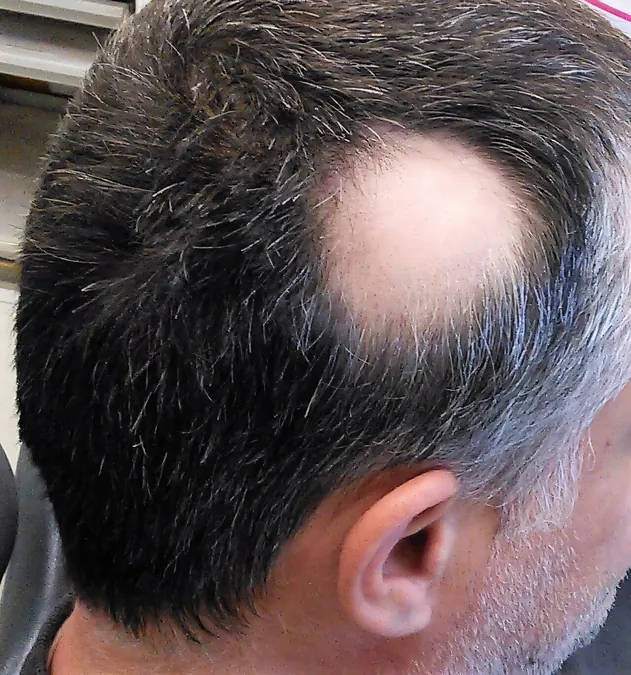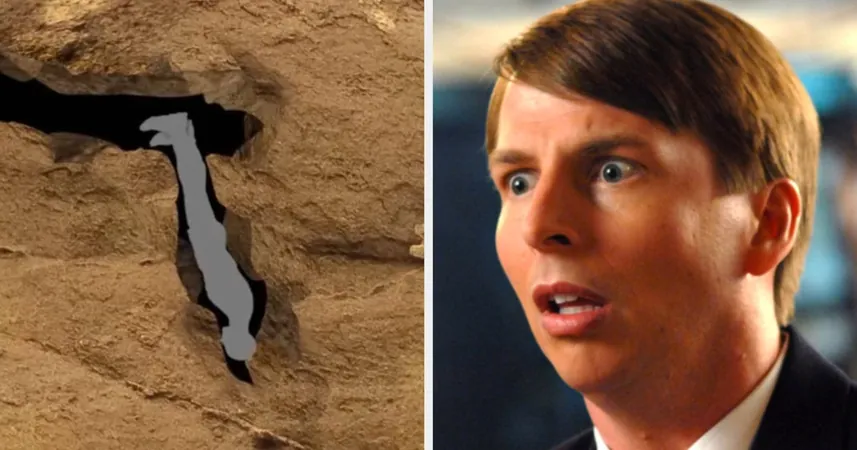
Revolutionary Discovery Uncovers Key Protein for Hair Regrowth—Could This Be the Cure for Alopecia?
2025-03-29
Author: Ken Lee
Understanding Alopecia
Alopecia, a prevalent autoimmune disorder, results in non-scarring hair loss on the scalp and body, impacting nearly 2% of the global population at various stages in life. Despite existing treatments, many individuals continue to seek effective solutions for this frustrating condition.
The Role of MCL-1 in Hair Regrowth
Exciting research conducted by an international team from Australia, Singapore, and China has unveiled a crucial protector protein known as MCL-1, which plays a vital role in the functionality of activated hair follicle stem cells (HFSCs) essential for hair regrowth and repair. As outlined in a recent study published in Nature Communications, the absence of MCL-1 triggers stress in these cells, ultimately leading to their demise and exacerbating hair loss.
Hair Follicle Dynamics
Understanding hair follicles—tunnel-like structures within the skin—is pivotal in comprehending hair growth dynamics. These follicles cycle through three distinct phases: the anagen (active growth), catagen (transitional), and telogen (resting) phases. Hair growth is intricately regulated and predominantly driven by HFSCs.
Impact of Stress on Hair Follicles
The researchers also noted that stress factors, such as hair shaft loss or follicle shrinkage, can push these stem cells toward apoptosis, a controlled form of cell death that further contributes to hair loss. This process is regulated by a family of proteins known as BCL-2, which govern the survival and death of cells.
MCL-1 and Its Functions
While MCL-1 is recognized as a pro-survival protein within the BCL-2 family, its specific function in regulating HFSCs and promoting hair regeneration was previously unknown. To probe this, the researchers conducted experiments by deleting the MCL-1 gene in skin cells of mice and observed the effects on hair loss. Remarkably, while the development of hair follicles remained unchanged, the absence of MCL-1 resulted in increased hair loss due to a gradual decline in HFSCs over time.
Experiment Outcomes
In adult mice experiments, the immediate deletion of MCL-1 wiped out the active HFSCs, halting any chance of hair regeneration in depilated areas. Although inactive HFSCs were unharmed initially, the stress they encountered upon activation led to the engagement of the P53 protein, a vital regulator of cell death. Notably, when the P53 gene was deleted, hair growth resumed, indicating a complex interaction between MCL-1 and P53 that maintains the delicate balance of cell survival within hair follicles.
ERBB Signaling Pathway
Furthermore, the study discovered that the ERBB signaling pathway is crucial in sustaining active HFSC life by enhancing MCL-1 production. These insights push us closer to therapeutic advancements, potentially opening the doors for innovative approaches to treat alopecia and combat hair loss.
Hope for the Future
As this groundbreaking research sheds light on the biological mechanisms underpinning hair regeneration, it sparks hope for millions affected by hair loss, paving the way for future treatments that could restore not just hair, but also confidence. The scientific community eagerly anticipates further explorations on how these findings might translate into clinically viable solutions.





 Brasil (PT)
Brasil (PT)
 Canada (EN)
Canada (EN)
 Chile (ES)
Chile (ES)
 Česko (CS)
Česko (CS)
 대한민국 (KO)
대한민국 (KO)
 España (ES)
España (ES)
 France (FR)
France (FR)
 Hong Kong (EN)
Hong Kong (EN)
 Italia (IT)
Italia (IT)
 日本 (JA)
日本 (JA)
 Magyarország (HU)
Magyarország (HU)
 Norge (NO)
Norge (NO)
 Polska (PL)
Polska (PL)
 Schweiz (DE)
Schweiz (DE)
 Singapore (EN)
Singapore (EN)
 Sverige (SV)
Sverige (SV)
 Suomi (FI)
Suomi (FI)
 Türkiye (TR)
Türkiye (TR)
 الإمارات العربية المتحدة (AR)
الإمارات العربية المتحدة (AR)